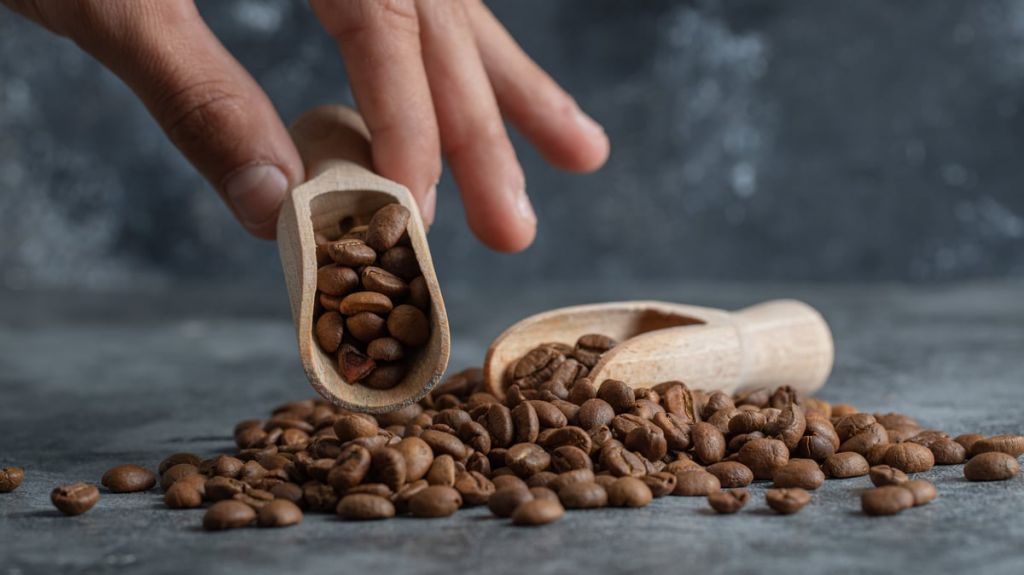
Although commodities have been with us for several centuries or even millennia, over the last 20-25 years, commodity markets have attracted a lot of attention from policymakers, investors and other stakeholders.
Commodities have now become a distinct asset class in the company of equities, bonds, foreign exchange and so on. There is rising investor interest in commodities. Often, commodities have outperformed traditional assets like equities and delivered attractive returns to investor. No wonder, financial investors are active in the commodities market.
What are commodities? They are goods with economic value and are products of the earth. Produced in bulk and traded in bulk, commodities are often raw material for further processing into consumable products.
Commodities can broadly be placed in four buckets namely energy, metals, agriculture and polymers. Energy products include crude oil, natural gas, coal etc. Metals may be classified into industrial (steel, iron ore), base (mainly aluminium, copper, nickel, zinc etc) and precious (gold, silver, platinum, palladium). Agricultural commodities would cover majorly grains, cotton, sugar, oilseeds, coffee and many more.
While equities are generally perceived as ‘investment asset class’, commodities are seen as ‘consumption asset class’.
Gold and crude oil are two classic examples of commodities as investment assets that have delivered handsome returns to investors. In the US. commodity markets are bigger than the equities market. Commodities — energy, metals, agri — have played a major role in China’s miraculous growth story of the last 30 years.
India is now in an expansionary phase. Our country’s economic growth over the next 25-30 years will be substantially commodity driven and our growth will be commodity intensive.
Rising incomes, population expansion and current low per capita availability combine to drive commodity consumption in our country. So, trade in food, fibres, metals and energy commodities is set to expand manifold.
India will be a major producer, major processor, major consumer and major exporter or importer of many commodities covering agriculture, energy products and various metals.
This writer believes there are eight sectors of the Indian economy that are poised for rapid growth in the coming decades. These cover Food; Textiles and Clothing; Housing and Infrastructure; Energy; Mobility; Healthcare; Education; and Leisure / entertainment.
The last three — healthcare, education and leisure/entertainment — are services. The first five — Food, Textiles, Construction, Energy, Mobility — represent the real economy and are highly commodity intensive. For instance, in any infrastructure or construction project, commodities like steel and cement represent a major cost element.
Mobility covers railways, roadways, airways and seaways all of which are highly commodity intensive in terms of constructing the mobility infrastructure and transportation vehicles. Likewise, energy consumption fuels economic growth. Energy consumption in any form — whether fossil fuels or renewables — is integral to economic growth. Our efforts at energy transition will also be commodity intensive or more specifically, metals-intensive.
For example, solar energy infrastructure (solar panels) and electric vehicles including charging stations will use large quantities of metals. Likewise, textiles and clothing industry needs fibres like cotton, wool, silk and synthetic fibres.
It is necessary to recognise that by their very nature, commodity markets are volatile. A host of drivers including economic growth, geopolitics, monetary policy, currency, weather and funds impact these markets. So investment in commodities would demand that the investor stays glued to market drivers and understands the dynamics of the market.
In our country, trade reforms have created a free-trade environment both internal and external. As a result, Indian market is gradually integrating with the global market through the trade route and the investment route. At the same time, global price volatility is transmitted to the Indian market. So, risk perception stands heightened. To manage price risk, stakeholders must go beyond the domestic market fundamentals and have a global view of the market.
Risk mitigation is most critical for market participants. All risks (risks relating to output, quality, process, trade or policy) converge in price. So, price risk management nearly-equals management of the underlying risks.
For producers, processors and consumers, hedging price risk in a futures exchange offers the safest way to protect margins. To manage commodity price risk, market participants use commodity derivative contracts. The derivatives market performs two primary functions — price discovery and price risk management for market participants.
Securities and Exchange Board of India (SEBI) regulates the commodity derivatives market. To deepen and widen the derivatives market, SEBI has taken several initiatives by allowing more participants and more products. Mutual Funds and Alternate Investment Funds Category III (AIF-III) are allowed to invest. Options trading and Index trading is permitted. The logical next step would be to allow banks to trade commodity derivatives as part of their risk mitigation plan.
G Chandrashekhar is an economist, senior journalist and policy commentator, and provides policy inputs for the government. Views are personal